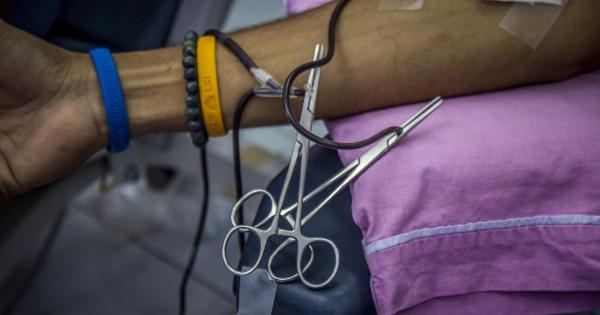Hip pain is a common issue that affects millions of people worldwide. It can be caused by a variety of conditions, including arthritis, bursitis, or injuries. Thankfully, medical science has made great strides in developing treatments for hip pain.
One such treatment that’s gaining popularity is a revolutionary hip surgery that’s pain-free. In this article, we’ll explore this cutting-edge procedure and its potential benefits.
What is pain-free hip surgery?
Pain-free hip surgery is a minimally invasive approach that focuses on reducing post-operative pain for patients.
Traditional hip replacement surgery involves a large incision and significant tissue damage, which leads to a long recovery period and significant pain. In contrast, pain-free hip surgery involves a smaller incision and fewer incisions to access the affected area. This leads to less trauma and a quicker recovery time.
The benefits of pain-free hip surgery
The primary benefit of pain-free hip surgery is the reduced pain that patients experience post-surgery. With traditional surgery, patients may experience significant pain for days or weeks after the procedure.
However, with pain-free hip surgery, patients report less pain and discomfort. Additionally, since the procedure is minimally invasive, there is less blood loss, less time spent under anesthesia, and a reduced risk of complications.
Pain-free hip surgery is also associated with a quicker recovery time. Patients who undergo this procedure can often go home on the same day or the day after surgery.
They can also usually resume their daily activities sooner than patients who undergo traditional hip replacement surgery.
How does pain-free hip surgery work?
Pain-free hip surgery involves the use of advanced technology and techniques to minimize tissue damage during the procedure. The surgeon makes a small incision in the side of the hip, through which small surgical tools are inserted.
A tiny camera is also inserted to provide a clear view of the affected area. The surgeon then uses the tools to remove the damaged tissue, reshape the bone, and insert a prosthetic hip joint.
The procedure is typically performed under regional anesthesia, which numbs the lower half of the body. Patients are usually awake during the procedure but may be sedated if they feel uneasy.
The entire procedure takes a few hours, and patients are usually discharged from the hospital on the same day or the following day.
Am I a suitable candidate for pain-free hip surgery?
If you suffer from hip pain due to arthritis, bursitis, or injury, you may be a suitable candidate for pain-free hip surgery.
However, certain factors may make the procedure unsuitable for some patients, such as obesity, heart disease, or advanced arthritis.
If you’re considering pain-free hip surgery, you should consult your doctor first. Your doctor can evaluate your condition and medical history and determine if this procedure is right for you.
Risks and complications of pain-free hip surgery
Like all surgeries, pain-free hip surgery carries some risks and complications. These may include infection, blood clots, nerve damage, or fractures.
The risk of complications can be minimized by choosing an experienced surgeon, following pre- and post-operative instructions, and attending follow-up appointments with your doctor.
Recovery after pain-free hip surgery
After pain-free hip surgery, most patients can leave the hospital on the same day or the following day. You’ll need someone to drive you home, and you’ll likely need to use crutches or a walker for a few days to several weeks.
Most patients can return to light activities such as walking and light household chores within a few days of the surgery. However, it may take several weeks or months to resume more strenuous activities such as jogging, biking, or hiking.
The Bottom Line
Pain-free hip surgery is a revolutionary procedure that can help reduce post-operative pain and speed up recovery time. However, it’s not suitable for everyone.
If you’re suffering from hip pain and considering pain-free hip surgery, consult your doctor to determine if it’s the right option for you.





























